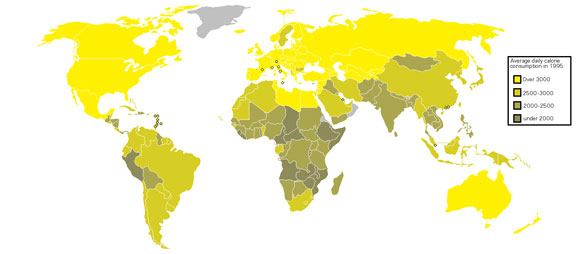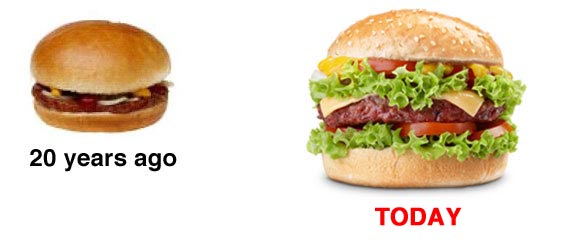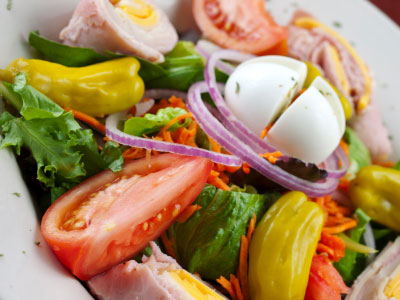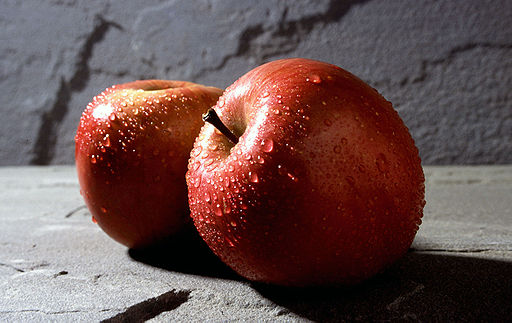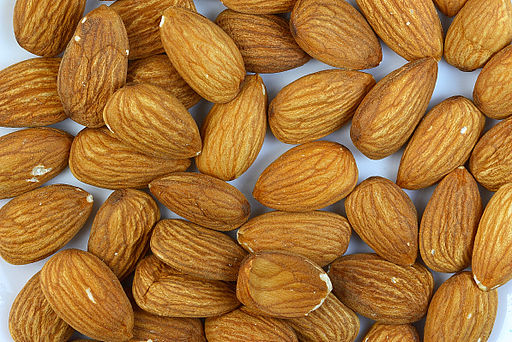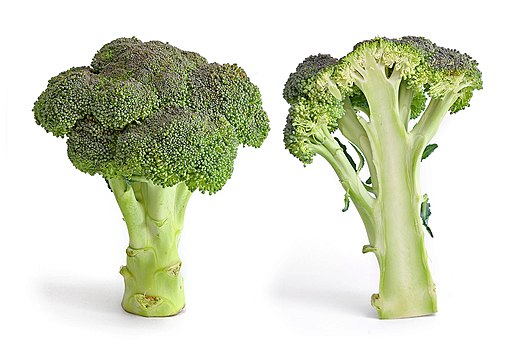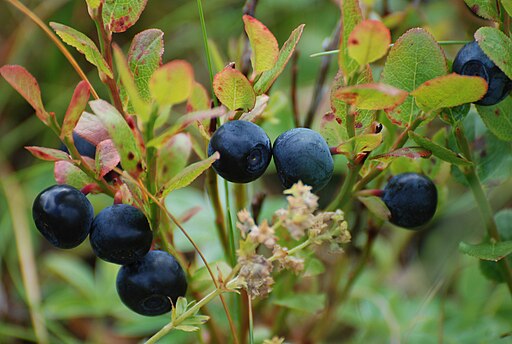Coffee Drinking May Halve
Risk Of Mouth And Throat Cancer
A new study from the US finds people who drink more than 4 cups of caffeinated coffee a day have half the risk of dying from oral/pharyngeal (mouth and throat) cancer as people who drink it either occasionally or not at all. However, the researchers say their findings need to be confirmed by more research, and for now should just be received as good news for coffee drinkers and not be used as a reason to recommend everyone should drink 4 cups of coffee a day.
Lead author Janet Hildebrand and colleagues from the American Cancer Society (ACS) in Atlanta, Georgia, write about their findings in a paper published online first on 9 December in the American Journal of Epidemiology.
Oral/Pharyngeal Cancer
Oral/pharyngeal or mouth and throat cancer is rarely diagnosed in the early stages because symptoms usually do not appear until the cancer is advanced. Also, the symptoms can be mistaken for something else, such as toothache.The cancer can sometimes be spotted early during a routine exam by a doctor, dentist, or dental hygienist, and some dentists and doctors suggest you look at your mouth in a mirror at least once a month to check for symptoms.
The most common symptoms are a mouth sore that fails to heal, or a pain in the mouth that doesn't go away.
The biggest risks for developing oral/pharyngeal cancer are tobacco and alcohol use. Most people who have it are tobacco users.
Infection with the human papillomavirus (HPV) is also a risk factor, especially in people who do not use tobacco. The number of cases of oral/pharyngeal cancer tied to HPV has risen sharply in the last thirty years.
Researchers Examine Link with Coffee
Previous epidemiological studies have suggested coffee drinking is linked to a reduced risk for mouth and throat cancer.It has also been suggested that it may not be the caffeine in coffee, but the fact it is rich in antioxidants, polyphenols, and other compounds, that help prevent or slow the development of cancer.
For their study, Hildebrand and colleagues used data from the Cancer Prevention Study II, a prospective US cohort study that the ACS started in 1982.
That study gathered a wealth of lifestyle and health information on 968,432 men and women, including their tea and coffee consumption. When they enrolled on the study, none of the participants had cancer, but over the 26 years of follow up, 868 died from oral/pharyngeal cancer.
When they analyzed the tea and coffee consumption in relation to deaths from oral/pharyngeal cancer, the researchers found those participants who reported drinking more than 4 cups of caffeinated coffee a day had a 49% lower risk of death from oral/pharyngeal cancer compared to those who reported not drinking coffee at all or only an occasional cup.
The link was not affected by gender, tobacco and alcohol use.
The researchers found an insignificant link with decaffeinated coffee, and none at all with tea.
Conclusion and Next Step
The researchers conclude:"In this large prospective study, caffeinated coffee intake was inversely associated with oral/pharyngeal cancer mortality. Research is needed to elucidate biologic mechanisms whereby coffee might help to protect against these often fatal cancers."
Hildebrand says in a press statement:
"We are not recommending people all drink 4 cups of coffee a day. This is just a little bit of good news for those of us who enjoy coffee."
"There may be some other effects of coffee that may prevent people with certain conditions from drinking a lot of caffeine," she cautions, noting that:
"This study is about just one cancer site among many. There needs to be much more consistent research before we can support the conclusion that coffee should be consumed for cancer prevention."
The team is now planning to analyze links between coffee consumption and cancer in a more diverse population in the ACS's new Cancer Prevention Study - 3 (CPS-3).
The Society hopes to recruit at least 300,000 adults from a range of ethnic and racial backgrounds across the US to take part in CPS-3, which aims to increase knowledge of how to prevent cancer.
There has been a lot of debate recently about the benefits and harms of coffee drinking, with more recent news suggesting the benefits probably outweigh the harms.
But researchers spreading the good news are all saying the same thing, as Hildebrand and colleagues themselves point out in this latest study: while there appear to be some health perks from drinking coffee, there are also a few cautions, and the evidence is not solid enough to actively encourage people to go out and drink coffee.
Written by Catharine Paddock PhD
Copyright: Medical News Today
Not to be reproduced without permission of Medical News Today
Visit our cancer / oncology section for the latest news on this subject.
Visitor Opinions (latest shown first)
Good News
posted by Lynne on 13 Dec 2012 at 12:11 am Another good benefits from drinking coffee. Now a days teens are beginning to drink coffee and tea for health reason. If this is the case,the percentage of people died from cancer will surely decrease.| post followup | alert a moderator |
Add Your Opinion On This Article
'Coffee Drinking May Halve Risk Of Mouth And Throat Cancer'Please note that we publish your name, but we do not publish your email address. It is only used to let you know when your message is published. We do not use it for any other purpose. Please see our privacy policy for more information.If you write about specific medications or operations, please do not name health care professionals by name.
